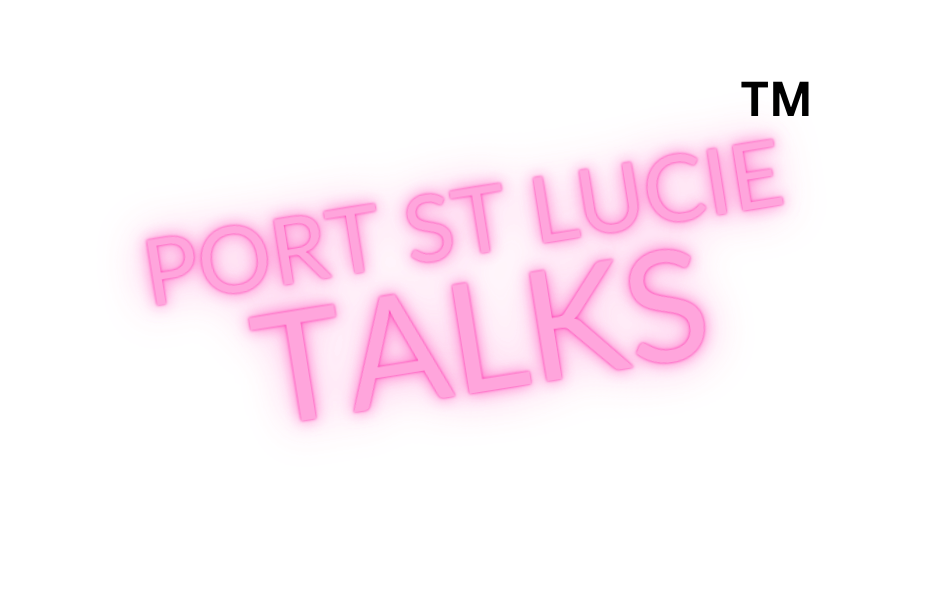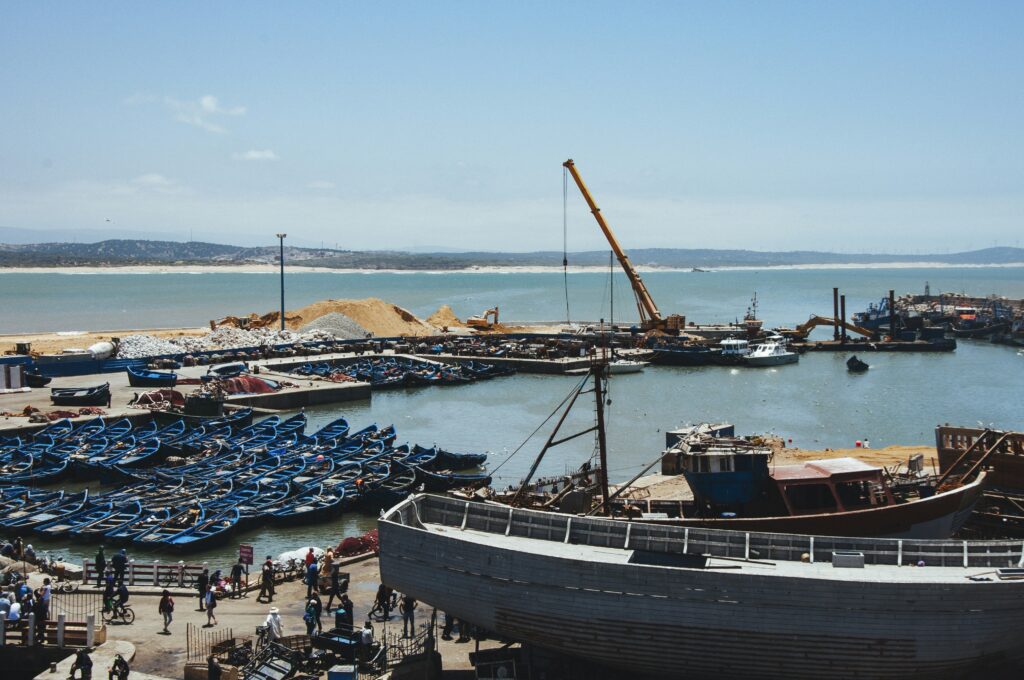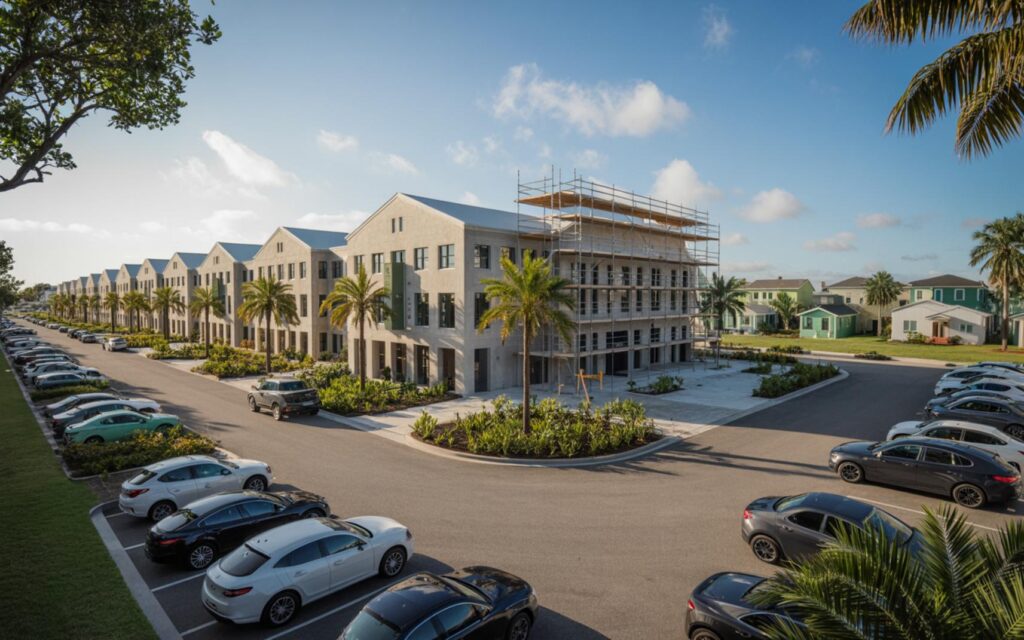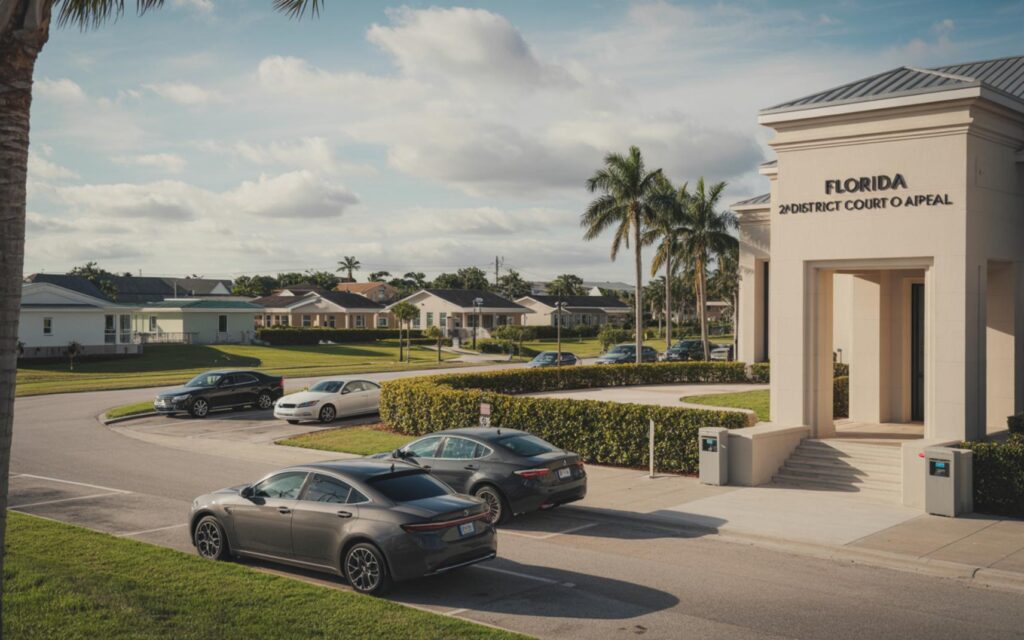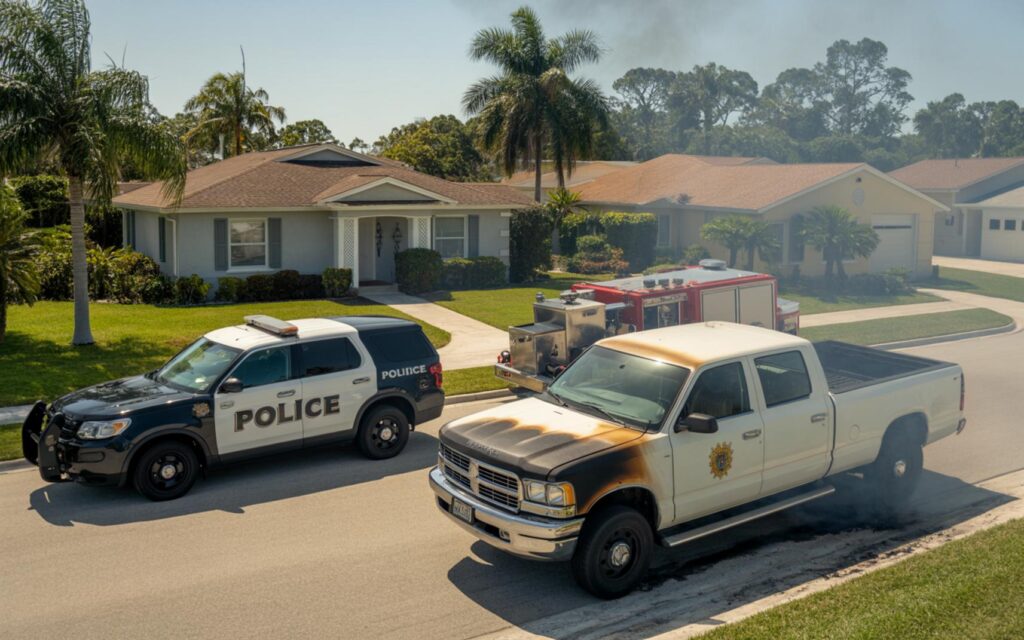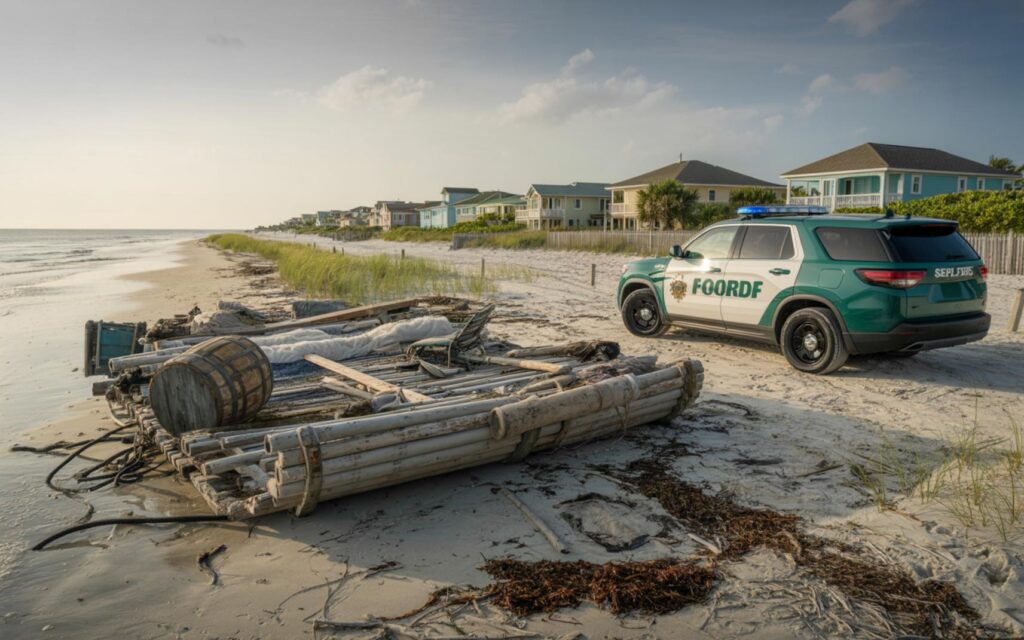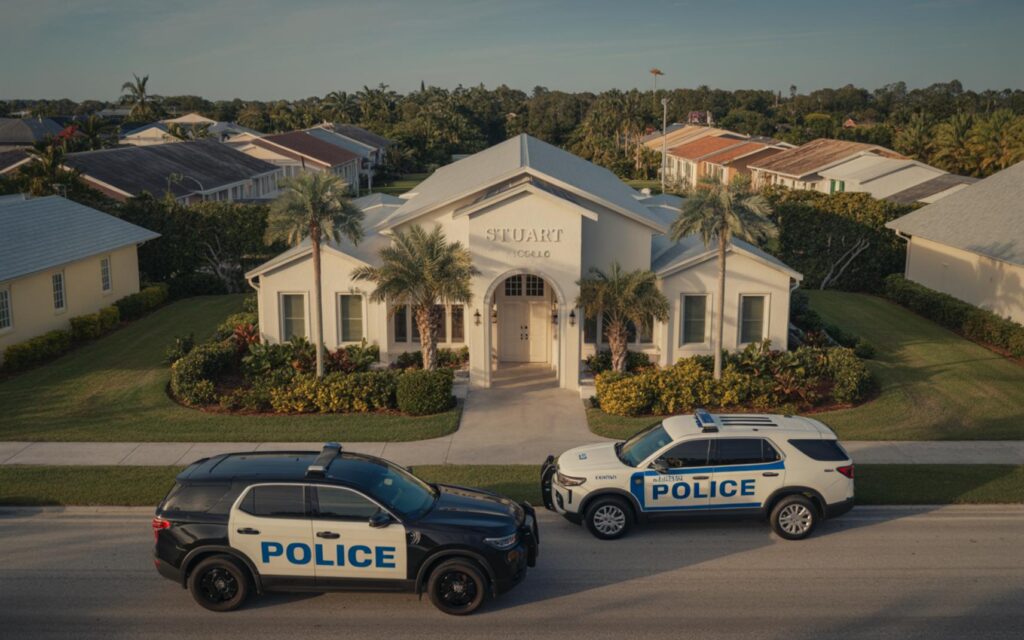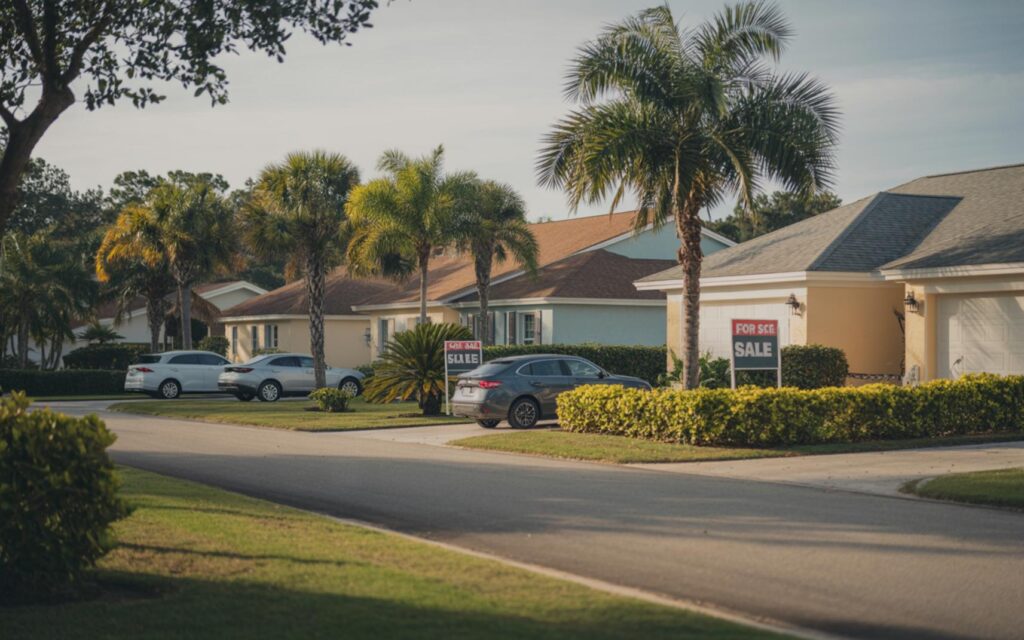Is Population Growth Impacting Drainage in Port St. Lucie?
The scenic city of Port St. Lucie is experiencing unparalleled population growth. While the city’s rise in residents brings economic and social benefits, it also raises questions about urban infrastructure, notably drainage systems. How is Port St. Lucie handling these new challenges?
The Surge in Population
Port St. Lucie is one of Florida’s fastest-growing cities. Many families and professionals are attracted to the city’s affordable housing, thriving job market, and high quality of life. However, with this population boom comes significant stress on city services, including waste management, traffic systems, and crucially, drainage infrastructure.
Drainage Infrastructure: A Growing Concern
Urban drainage systems are essential for managing stormwater, reducing flood risks, and preventing water pollution. In Port St. Lucie, growing population density amplifies water runoff, leading to potential overburdening of existing drainage networks.
Causes of Drainage Issues in Port St. Lucie
- Increased Impervious Surfaces: As the city expands, more land is covered by concrete and buildings, reducing the amount of natural land available for water absorption. This creates higher volumes of surface runoff.
- Insufficient Upgrades: The rapid growth in population size means that the drainage systems designed for a smaller community are now under strain. Upgrades are essential to support the increased load.
- Climate Change: More frequent and intense storms exacerbate drainage problems. Port St. Lucie must adapt to these changing environmental conditions.
Addressing the Challenges
Port St. Lucie is taking proactive steps to manage these drainage challenges:
- Improving Infrastructure: The city is investing in upgrading its drainage systems to handle higher volumes of water efficiently.
- Green Initiatives: Initiatives like green roofs, permeable pavements, and rain gardens help absorb rainfall, reducing runoff and flood risks.
- Public Awareness: The local government is working to educate residents on how they can contribute to reducing water runoff, including rainwater harvesting and minimizing waste.
Future Considerations
While current measures are critical, sustainable urban planning is essential for the future. Incorporating smart growth strategies that focus on environmental sustainability and resilience can shield Port St. Lucie from drainage-related issues as it continues to grow. Monitoring population trends and climate data will also inform future infrastructure investments.
Conclusion
Population growth in Port St. Lucie undeniably impacts drainage systems. However, with strategic planning, infrastructure investments, and public participation, the city can manage these challenges effectively. By adopting sustainable practices, Port St. Lucie can ensure a high quality of life for its residents while safeguarding its natural environment.
